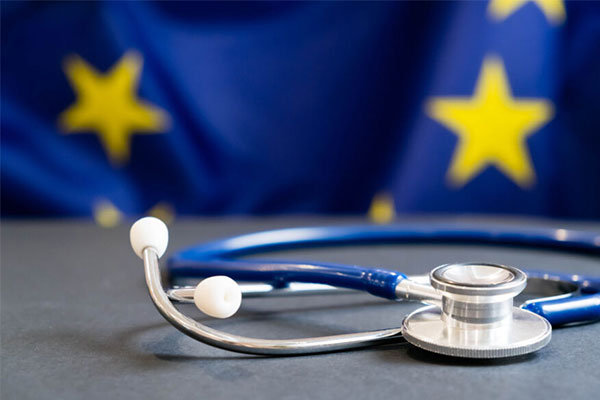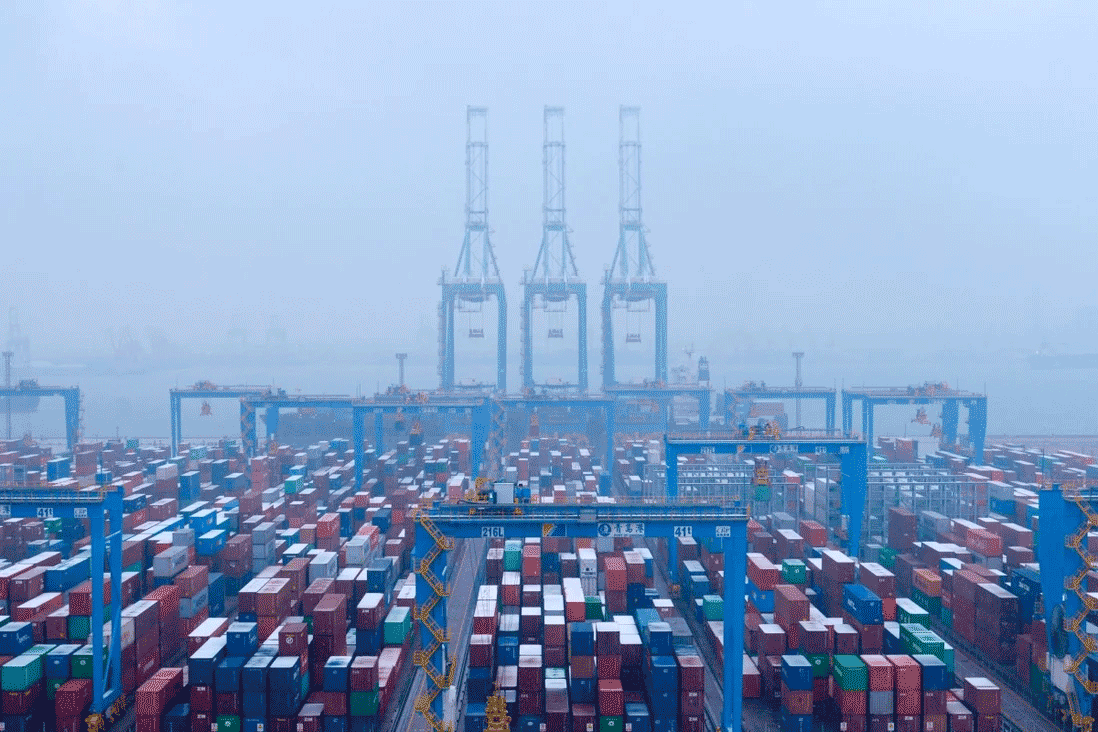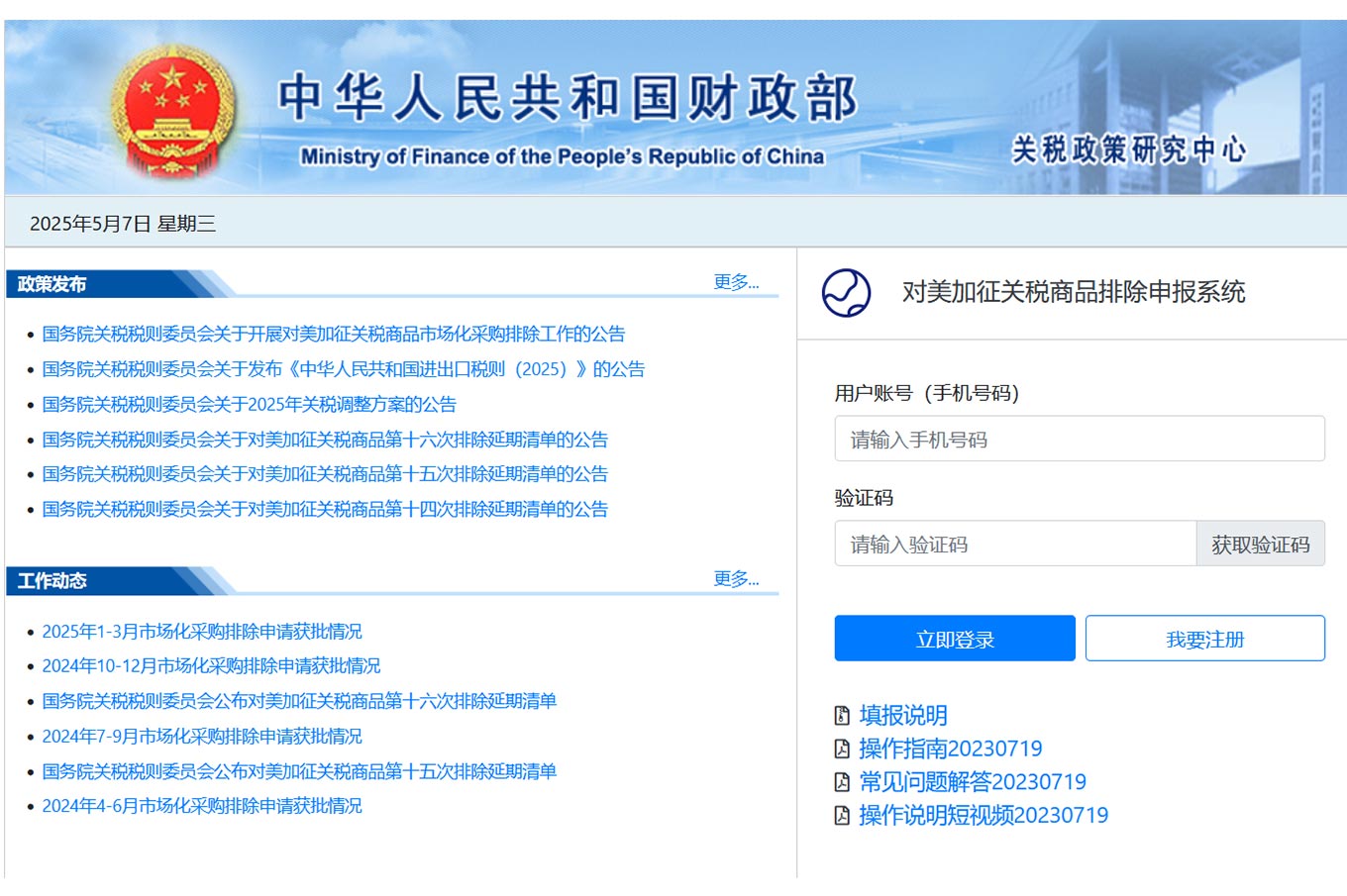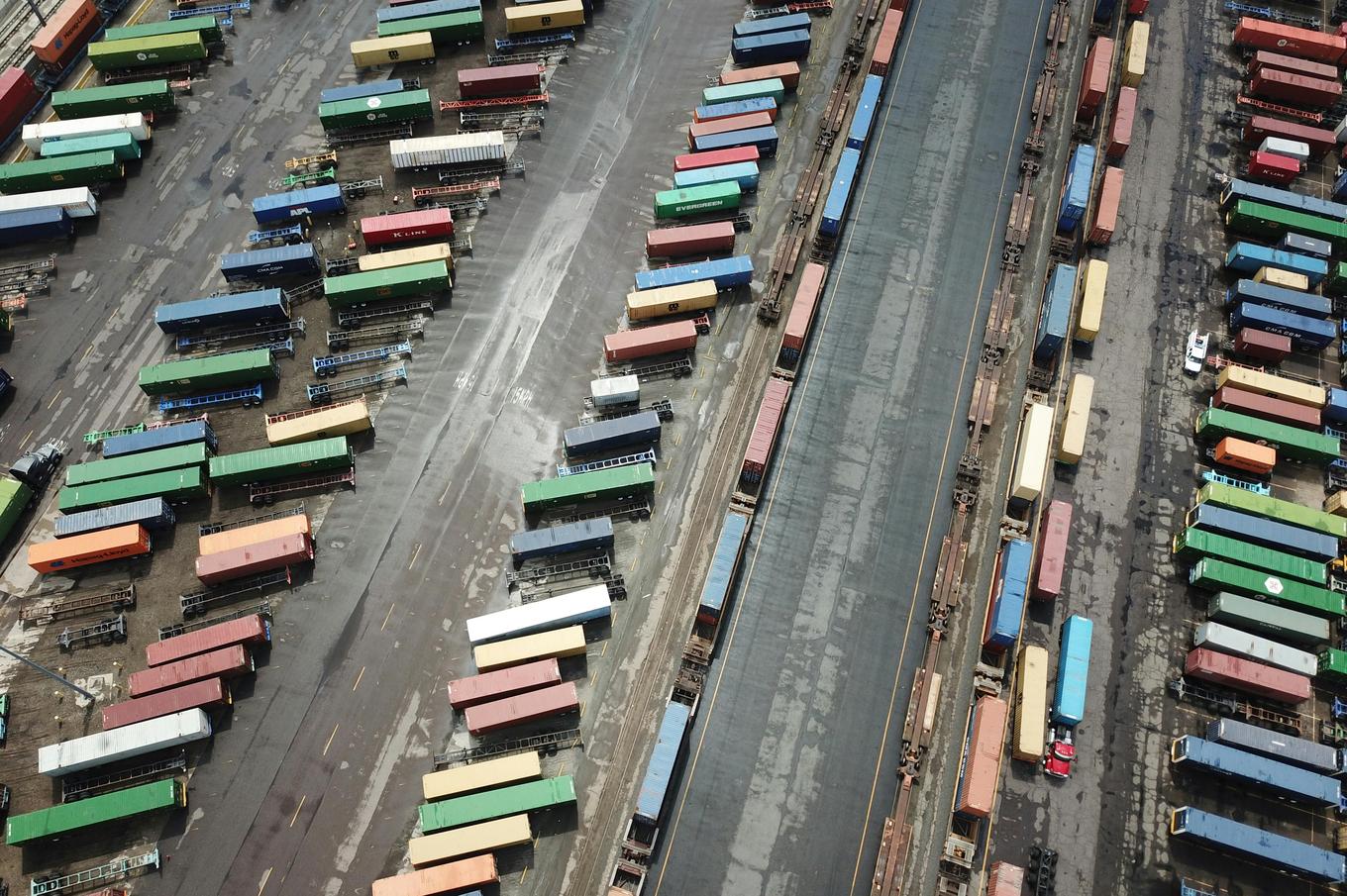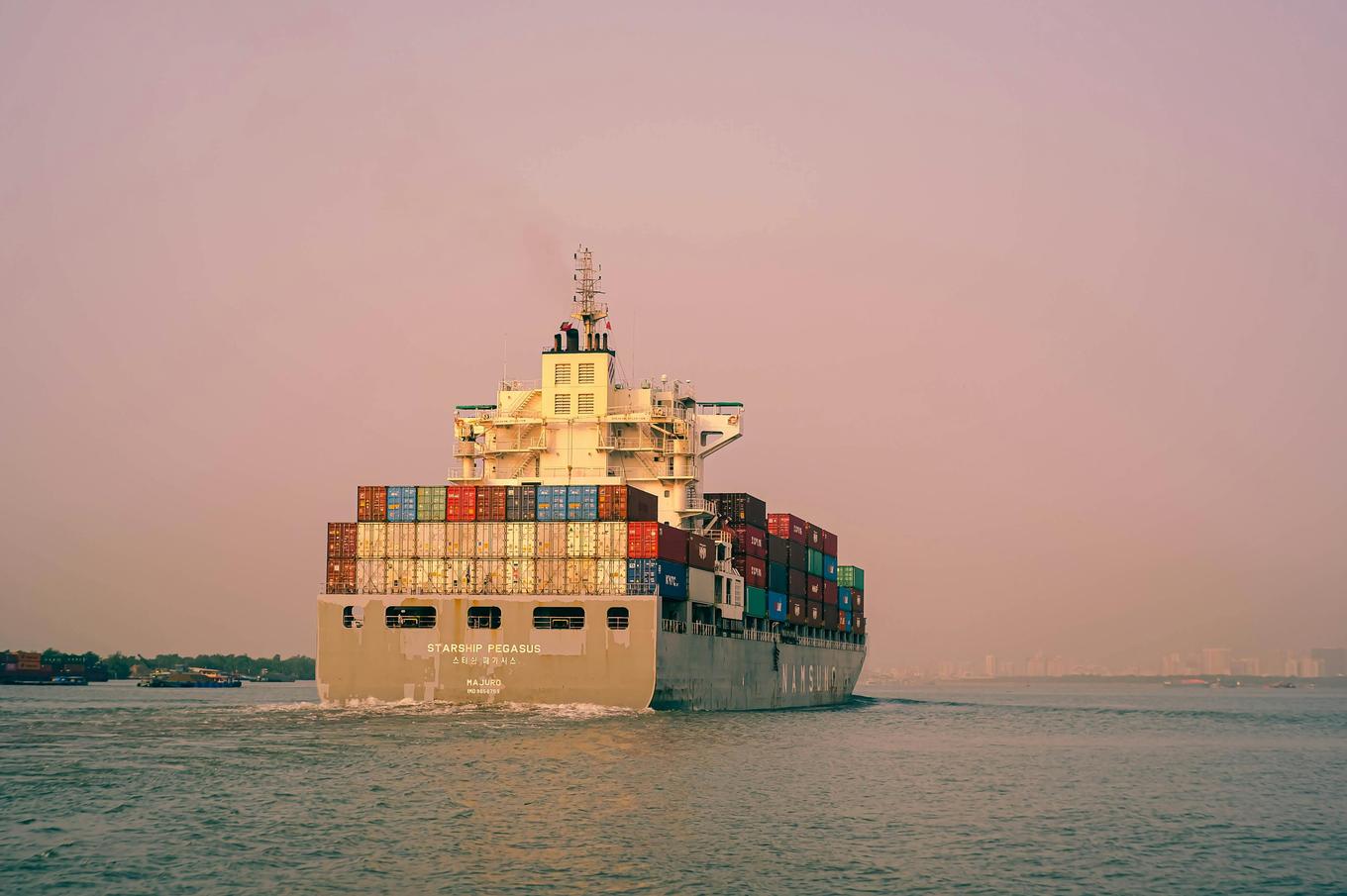- Shanghai Zhongshen International Trade Co., Ltd. - Two decades of trade agency expertise.
- Service Hotline: 139 1787 2118
After imposing sanctions on energy products from Russia and Belarus, the EU plans to take action again, this time targeting the grain exports of the two countries. According to the Financial Times, the European Commission is about to impose a heavy tax of 95 euros per ton on wheat from Russia and Belarus. This move is expected to deal a major blow to Moscows grain exports and may change the existing pattern of the global grain market.

Among EU member states, wheat imports in countries like Italy have significantly increased over the past year. However, with new tariffs, EU farmers may face reduced wheat supplies from Russia and Belarus, which theoretically should benefit local farmers. Yet reality may be more complex. European farmers have strongly protested against large Ukrainian wheat imports, claiming violations of EU Green Regulations and causing price drops for their products.
Particularly in Poland and other Eastern European countries, farmers discontent has turned into action with railway blockades and public protests, revealing potential conflicts between EU agricultural policies and farmers interests. Italys situation is especially severe - according to Coldiretti data, Italy produces only 36% of its required common wheat and 53% of corn.
In addition, the EUs plans are not limited to cracking down on grains. It also includes imposing a 50% tariff on Russian oilseeds and their processed products. Although this series of measures aims to weaken Russias economy, the direct result may be a sharp increase in food prices across Europe.
The Financial Times quoted analysts as saying that these new measures could lead to at least a 50% price increase. This surge will not only exacerbate the burden on consumers who are already under pressure due to rising energy prices, but may also force the EU to reconsider its approach.foreign tradeThe long - term sustainability of the Yihe agricultural policy.
Whether the final result can meet the original intention of the EU or will bring more economic and social problems remains to be further observed and analyzed.
Related Recommendations
? 2025. All Rights Reserved. Shanghai ICP No. 2023007705-2  PSB Record: Shanghai No.31011502009912
PSB Record: Shanghai No.31011502009912
